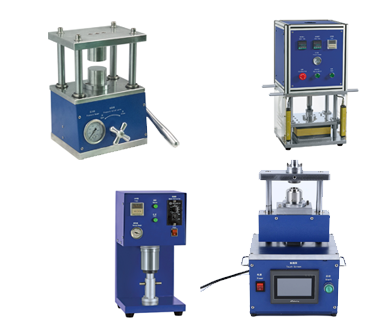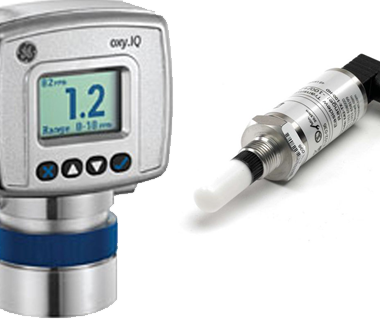Subtotal: $5,392.00
Environment, Health and Safety Manual – Chapter 03.03: Injury, Illness, and Near Miss – Incident Investigation of Injuries, Illnesses, and Near Misses
Title
Environment, Health and Safety Manual – Chapter 03.03: Injury, Illness, and Near Miss – Incident Investigation of Injuries, Illnesses, and Near Misses
Background
The University of North Carolina at Chapel Hill is committed to correcting an unsafe and/or unhealthy work environment. In order to do so, it is imperative incident investigations are conducted immediately to ensure that workplaces and equipment are safe and well maintained and safe and health work practices/procedures are clearly communicated and understood by employees. Prompt investigations demonstrate the University’s level of dedication and concern for safety and the well being of employees.
Incident Investigation
The purpose of an incident investigation is to prevent future incidents from occurring. Thus a fact-finding, not fault-finding, process needs to be in place. To clearly identify the unsafe circumstances surrounding the occurrence of the incident, a cause and effect needs to be identified. The cause is the why a particular incident happened (i.e. oil on the floor). The effect is the result of what occurred (i.e. the employee slipped and bruised leg). When looking for the cause, several items should be investigated such as processes (i.e. lack of scheduled maintenance for equipment, changes to procedure), personnel (i.e. lack of training), machine/equipment (i.e. faulty equipment that leaks), materials (i.e. no tools), and environment (i.e. poor worksite cleanliness). Once the cause(s) are identified, then corrected action is to be implemented to mitigate future occurrence. In some cases, employee failure to follow proper safety procedures may be identified and should not be excluded.
Responsibility
Supervisor
The supervisor must investigate any workplace incident (near miss, injury/illness) involving their staff including part-time and temporary. The incident investigation should occur immediately upon notification of the incident. It is critical in evaluating the scene before changes can occur, obtaining witness statements before memory alters, etc. After conducting the incident investigation, the Supervisor Incident Report is to be completed and list any details that may correct the problem and/or to increase health and safety awareness. Additional supplemental information should be included such as pictures/diagrams of the incident scene, witness statements (before, during, afterwards), or other agency reports such as police or fire. This report and supplemental documents are required to be sent immediately to Environment, Health and Safety for review.
Environment, Health and Safety
EHS is responsible for collaborating with the Supervisor on the initial incident investigation as specified in the table below.
| Incident | Supervisor | EHS |
|---|---|---|
| Near miss/property damage without injury | X | |
| First Aid/Minor Medical (i.e. UEOHC) | X | |
| Minor Medical with multiple similar claims in a particular work unit/department | X | X |
| Near miss, first aid or minor medical with potential for serious injury | X | X |
| Minor Medical that is reportable to a regulatory agency (i.e. CDC, APHIS, local health department, etc.) | X | X |
| Claims with potential of LT ≥ 6 days | X | X |
| Immediate Hospitalization | X | X |
| Fatality | X | X |
EHS shall also complete an incident investigation report outlining a specific time table for corrective action and responsible parties for implementation. In some cases corrective action may include both short-term and long-term recommendations.
Corrective Action/Mitigation of Hazards
All deficiencies identified by the incident investigation are to be corrected immediately. Documentation of the corrective action is to be sent to EHS.
If any deficiencies identified have the potential for serious injury/illness, then EHS has authorization to stop all work until the hazard has been corrected. EHS will notify the departmental contact when work can resume.
If a corrective action is identified which requires additional resources that is not available to the department, then EHS will report the deficiency to the University Safety and Security Committee (USSC) for further action. The USSC will review the incident investigation report and prioritize resources for corrective action.
Failure to Implement Correct Action in a Timely Manner
If a supervisor fails to implement corrective action, EHS will notify the department head of the failure to implement corrective action. The department head will be provided a specified period of time to remediate the issue.
If the department head fails to implement corrective action, then the deficiencies and departmental information will be reported to the USSC for review and further action.
Resources
Appendix C: UNC-CH Supervisor’s Incident Report Form (see attached file)
Contact Information
Policy Contact
Environment, Health & Safety
1120 Estes Drive
Campus Box #1650
Chapel Hill, NC 27599-1650
Phone: 919-962-5507
Back to Chapter 03.02 – Reporting Incidents, Personal Injuries, and Near Misses





 NEW Oerlikon Leybold TurboVac TMP 50 Turbo Molecular Vacuum Pump KF40, 33 L/S Pumping Speed, 85400
NEW Oerlikon Leybold TurboVac TMP 50 Turbo Molecular Vacuum Pump KF40, 33 L/S Pumping Speed, 85400 